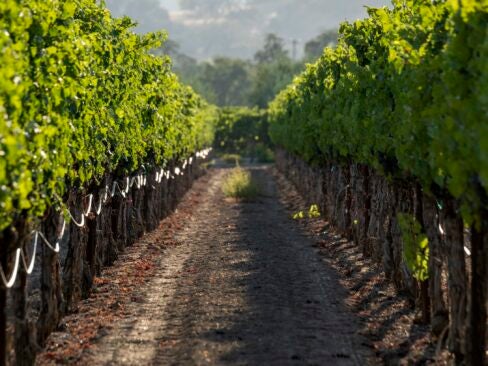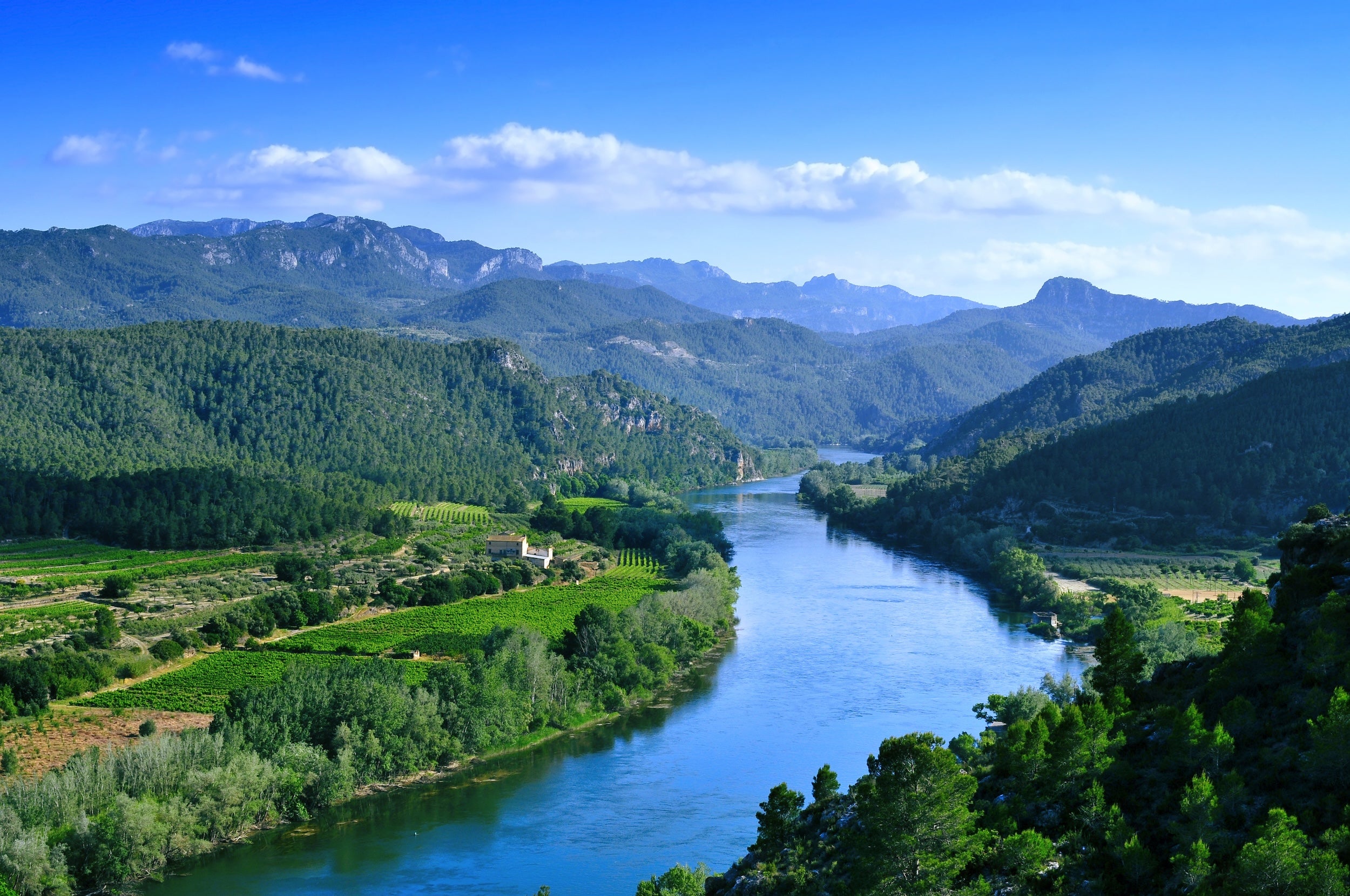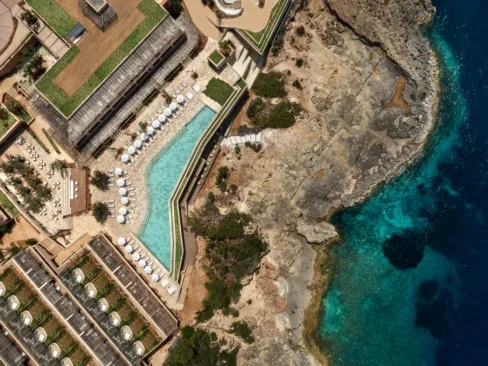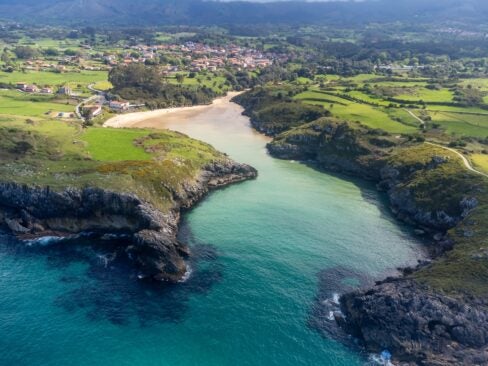Away from bustling cities and sun-drenched beaches, Spain’s Great Rivers carve their way through the country’s unmarred and historic landscapes.
Spain’s rivers invite you to pause, abandon rigid schedules and follow the gentle flow of nature. Here, Spain shows a side that goes beyond the familiar postcard scenes.
Traveling along these rivers is a return to simple pleasures: leisurely lunches beneath shaded groves and slow afternoons marked by restful siestas. On the riverbanks, charming rural life keeps tradition alive, and the wilderness meets urban life.
But simplicity doesn’t mean a lack of adventure. These rivers offer a rich mix of experiences– from the thrill of white-water rafting to the indulgence of wine tasting in tranquil hillside vineyards. Following the rivers offers a rare perspective of Spain; authentic, immersive and far from the tourist trail.
Miño and Sil

Meandering through the Galician landscape are the rivers Miño and Sil, home to lush agricultural valleys which provide a glimpse of authentic rural Spain. Spanning 211 and 140 miles, these rivers lead to a region teeming with farmland and drenched in rustic tradition.
The rivers nourish the Ribeira Sacra region (its name meaning ‘sacred riverbank’), a renowned source of Spanish wines. Known for the famous mencia and albarino grapes, vineyards in this area flaunt not only their esteemed wines but also their transcendent beauty. The striking terrain poses difficulties to modern developments in viticulture, leaving the majority of vineyards here to be worked by hand, as they have been for centuries. With rich soil and optimal conditions as a result of the rivers, vineyards continue to flourish.
In a region dotted with monasteries and churches, the ancient practices and traditional lifestyle along the rivers certainly leave visitors with a sense of authenticity. If you’d like a taste of the breathtaking views of the Rio Sil whilst sipping a glass of an exceptional Ribeira Sacra wine, be sure to book an exclusive food and wine tour of Galicia.
The Ebro River
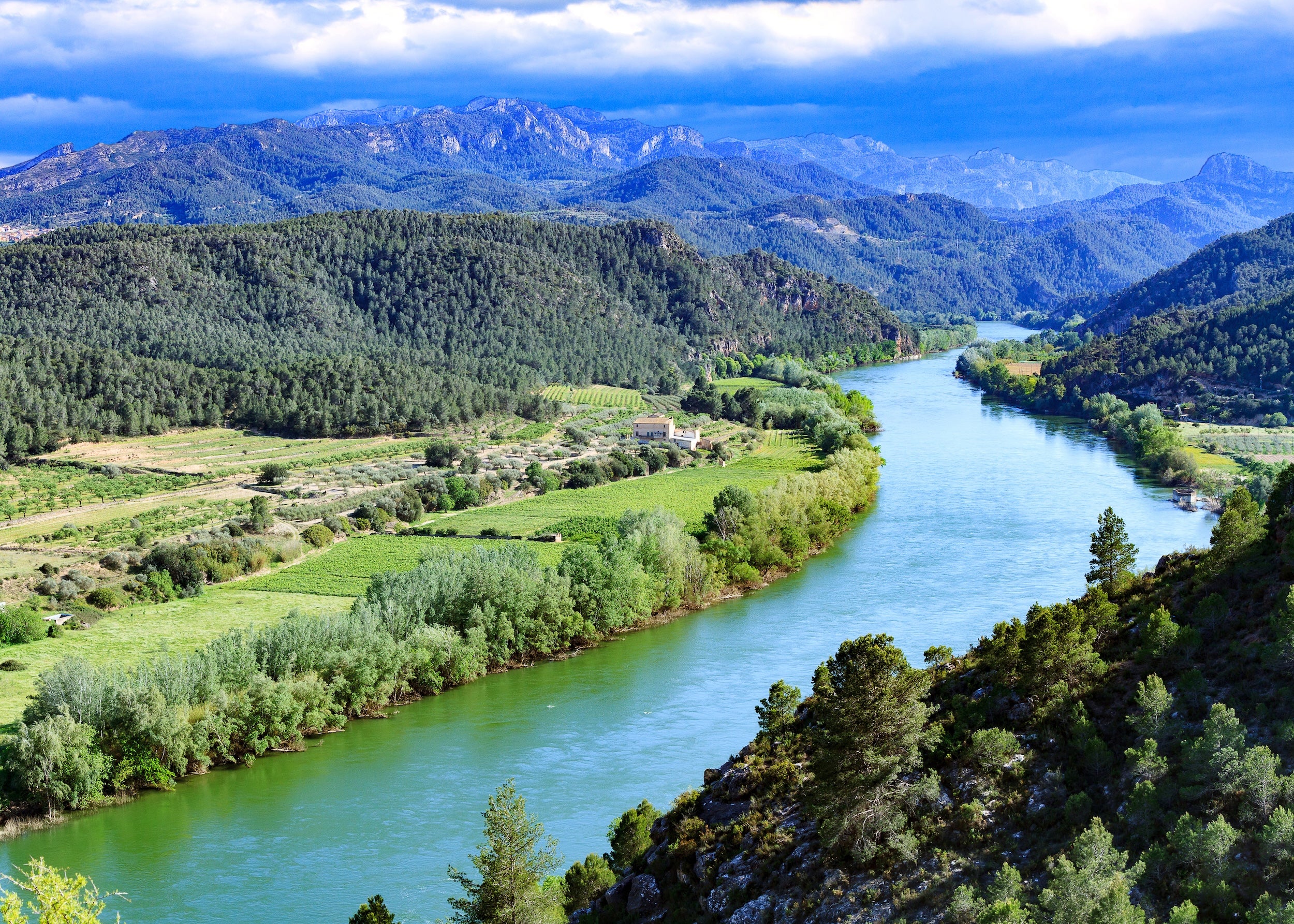
The Ebro River weaves together natural splendor and urban charm as it winds 578 miles through the north and northeast of the Iberian Peninsula, passing through diverse landscapes and areas of rich biodiversity.
The Ebro River leads you to several enchanting medieval towns, including the picturesque village of Miravet. Famous for its scenic charm, Miravet’s Old Town – known as Cap de la Vila – presents a captivating mix of historic and natural features. Within this setting, you’ll discover its noble castle and striking red rock architecture framed by distant mountains with the tranquil Ebro River flowing through. From Miravet Castle, you can enjoy a breathtaking view over the village and the shimmering river beyond. The village itself offers only a handful of quaint accommodations, providing not just an authentic stay but a rare chance to live alongside the locals.
Further north along the Ebro, in Cantabria, thrill-seekers can experience the adrenaline rush of white-water rafting on the river’s upper waters. The powerful rapids offer a dramatic contrast to the quaint charm of Miravet, promising an exciting adventure no matter the season.
Guadalquivir
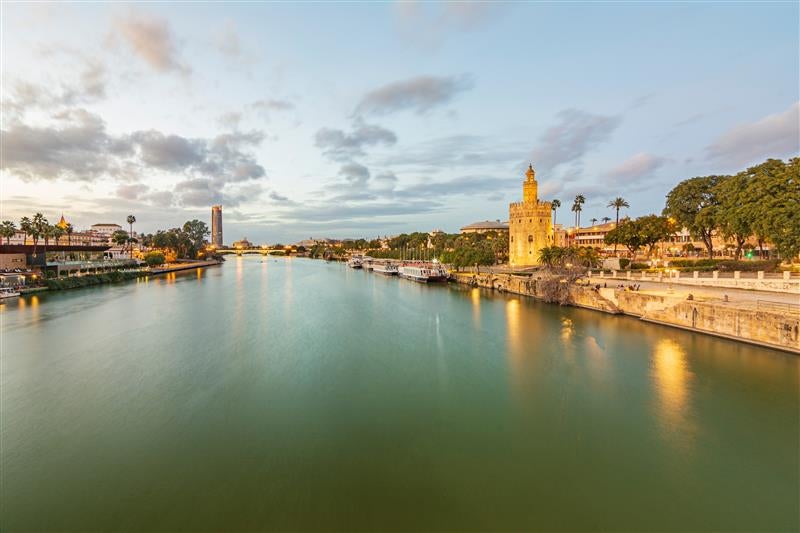
The Guadalquivir is the only navigable river in Spain / ©Shutterstock
As the only major navigable river in Spain, the Guadalquivir boasts a long history of maritime significance. The famed city of Seville owes its historic opulence and power to its relationship with the river, which gushes through the city as if it were another road. The Cathedral of Saint Mary of the See adds magnificent architecture to the city’s skyline, considered to be the largest Gothic cathedral in the world. If this isn’t enough, the splendor of the Royal Alcazar palace is tempting for anyone with a cultural or architectural interest.
It was due to the Guadalquivir that 16th-century Seville became the mercantile center of the Western World, with the continual influx of commerce and population giving the city a unique character which it retains today. Along this momentous river, you can now take a leisurely cruise, marvelling at the city’s stunning waterfront whilst you pass under the famed Puente de Isabel II.
